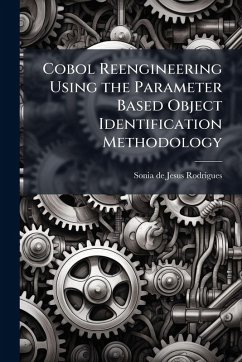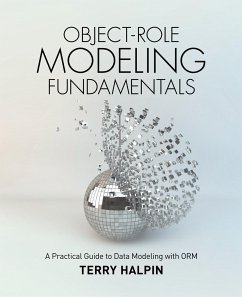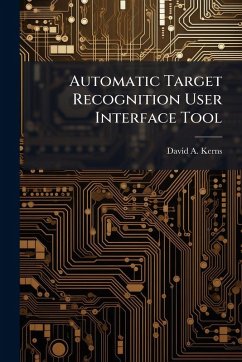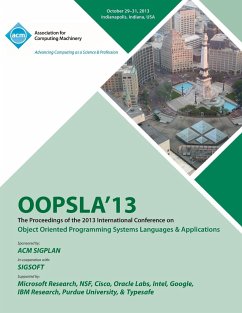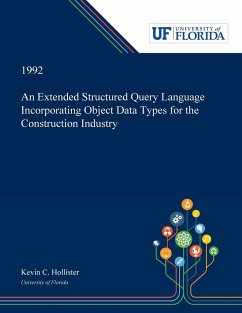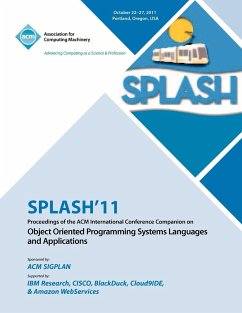
Tool-Based Integration and Code Generation of Object Models
Versandkostenfrei!
Versandfertig in über 4 Wochen
17,99 €
inkl. MwSt.
Weitere Ausgaben:

PAYBACK Punkte
9 °P sammeln!
Today many organizations are faced with multiple large legacy data stores in different formats and the need to use data from each data store with tools based on the other data stores' formats. This thesis presents a tool-based methodology for integrating object-oriented data models with automatic generation of code. The generated code defines a global data format, generates views of global data in individual integrated data formats, and parses data from individual formats to the global formats and from the global format to the individual formats. This allows for legacy data to be translated in...
Today many organizations are faced with multiple large legacy data stores in different formats and the need to use data from each data store with tools based on the other data stores' formats. This thesis presents a tool-based methodology for integrating object-oriented data models with automatic generation of code. The generated code defines a global data format, generates views of global data in individual integrated data formats, and parses data from individual formats to the global formats and from the global format to the individual formats. This allows for legacy data to be translated into the global format, and all future data to be entered in the global format. Once in the global format, the data may be exported to any of the integrated formats for use with the appropriate tools. The methodology is based on using formal methods and knowledge-based engineering techniques with a transformation system and object-oriented views. The methodology is demonstrated by a sample implementation of the integration tool being used to integrate data formats used by three different sensor-based, engagement-level simulation systems. This work has been selected by scholars as being culturally important, and is part of the knowledge base of civilization as we know it. This work was reproduced from the original artifact, and remains as true to the original work as possible. Therefore, you will see the original copyright references, library stamps (as most of these works have been housed in our most important libraries around the world), and other notations in the work. This work is in the public domain in the United States of America, and possibly other nations. Within the United States, you may freely copy and distribute this work, as no entity (individual or corporate) has a copyright on the body of the work. As a reproduction of a historical artifact, this work may contain missing or blurred pages, poor pictures, errant marks, etc. Scholars believe, and we concur, that this work is important enough to be preserved, reproduced, and made generally available to the public. We appreciate your support of the preservation process, and thank you for being an important part of keeping this knowledge alive and relevant.



